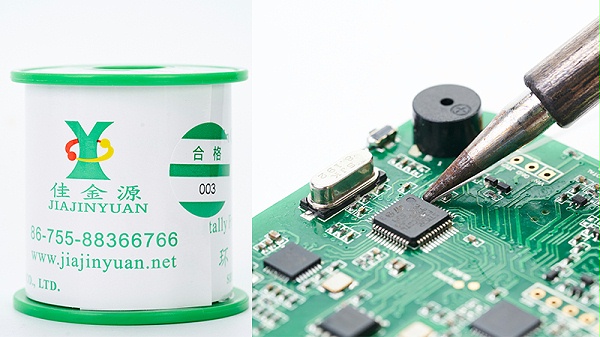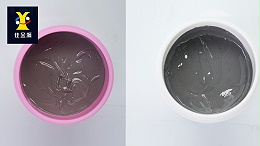
The melting points of solder used in the soldering industry vary depending on the composition of raw materials. When operating generally, the solders that can be selected include low-melting-point solders and high-melting-point solders. Here, the melting point actually refers to the temperature. So, what are the specific differences between these two types of solders that are suitable for different temperatures? The following is JJYTin wire manufacturerLet me tell you all:

1The difference in the melting point of solder mainly depends on the different raw materials added, that is, the different alloy compositions and alloy proportions during the solder synthesis production process. Low-melting-point solder can withstand lower temperatures than high-melting-point solder, so the materials added are mainly bismuth, indium and cadmium. High-melting-point solder can withstand higher temperatures, so in production, materials such as silver, antimony or lead, which are more resistant to high temperatures, are mainly added.
2The difference between low-melting-point soldering and high-melting-point soldering lies in the scenarios they can adapt to during the soldering process: High-melting-point soldering is mainly applicable to the assembly of components that do not change during the assembly of the main board. Low-temperature solder is mainly used for the assembly of parts with low heat resistance, such as microelectronic sensors. When choosing which type of solder to use, you can first determine which type of solder condition is suitable for the temperature within the usage scenario.
3The difference between low-melting-point solder and high-melting-point solder lies in the different temperatures they can withstand during soldering. The distinction in temperature tolerance between these two types of solder is quite obvious. Low-melting-point solder can only adapt to temperatures below 200 degrees Celsius. If the temperature in the scene exceeds this limit, high-melting-point solder must be used for operation.
The difference between low-melting-point solder and high-melting-point solder is actually related to the temperature they can withstand. Under normal circumstances, when the scene temperature is relatively low, low-temperature solder can be used for soldering requirements. However, the temperature of the scene itself is relatively high and has exceeded the limit that low-temperature solder can withstand. For safety reasons, high-melting-point solder must be used for the soldering operation.
Shenzhen JJY Industrial Technology Co., Ltd. mainly engages in the production and operation of:SMTSolder paste manufacturers of solder paste, syringe solder paste, lead-free solder wire, wave soldering bar, automatic soldering wire, etc.



